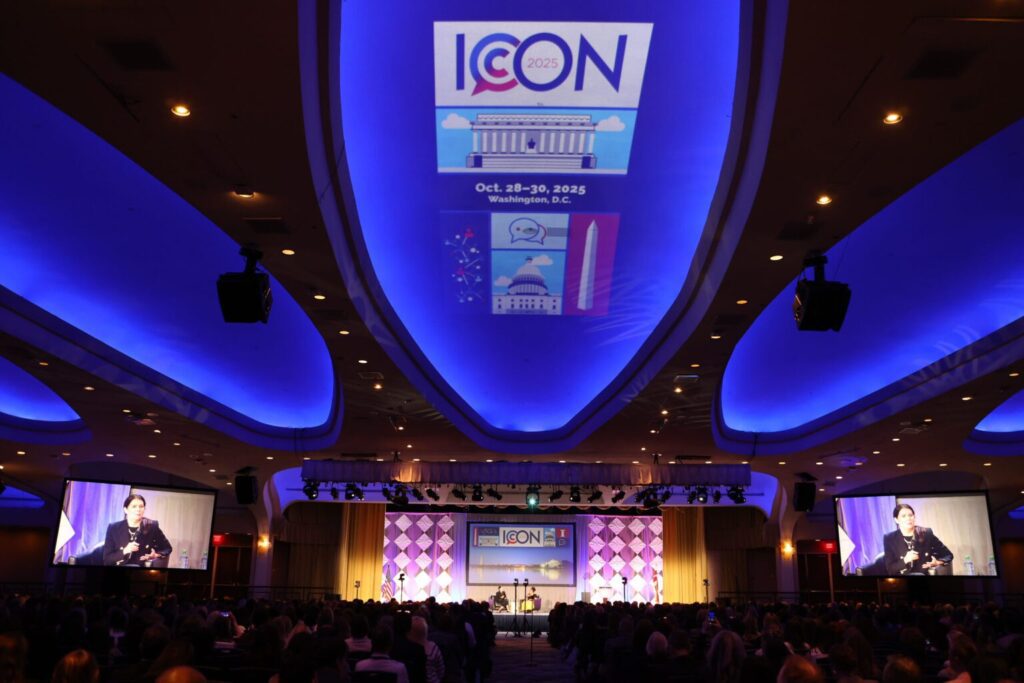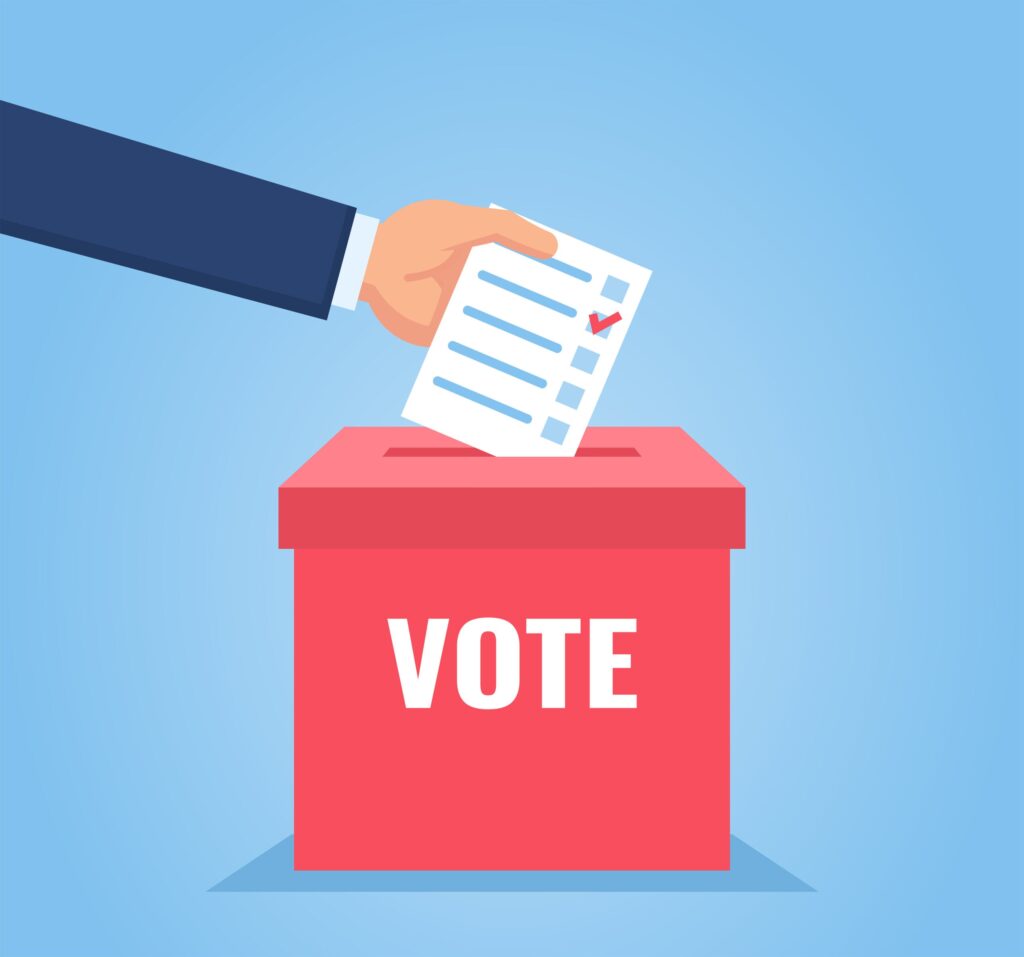In the consumer loyalty space, digital technologies have made it far easier for brands and retailers to maintain direct communication with existing customers and recruit new ones.
The following are among the tools that fall into this area, according to a new report from Catapult Action-biased Marketing, the In-Store Marketing Institute and Google.
Electronic Customer Relationship Management
Brands have long been using Web sites and e-mails to conduct targeted communication programs with key customers and prospects (although the promise of true one-to-one marketing remains largely unfulfilled).
Mobile CRM
A new wrinkle in the strategy is the ability to communicate even more directly with customers via their mobile phones. The ongoing penetration of smartphones will add even more capabilities.
Social Media
Facebook surpassed 500 million worldwide users in July. Twitter boasts 74 million accounts (although turnover rates are high and actual usage low).
MySpace has 120 million. Although their primary goal is to connect with families and friends, users of these networks have demonstrated a willingness to interact with—and even help promote—brands and retailers they like. In response, marketers are devoting significant resources to harnessing the power of these user bases.
Word of Mouth
The world’s oldest form of marketing has become nearly systemized through social networks (think of the now-ubiquitous Twitter “re-tweet,” for example) and the thousands of online communities and bloggers (from watchdogs to fanboys) now in operation. Many of these sites attract audiences that rival those of consumer magazines and most TV programming, and marketers therefore are engaging with them.
Advocacy
Marketers can establish relationships with the operators of such advocacy sites and provide relevant, helpful content to their audiences, thereby fostering goodwill within the community. (One brand marketer said the process is similar to working with media editors.) Perhaps most famously, Walmart’s “Elevenmoms” program united 20 independent “Mommy bloggers” in a bid to insinuate its own shopper marketing initiatives into the conversation (although the program appears to have been largely abandoned after only one year).
Products/Reviews
At first, the prospect of letting consumers provide reviews was intimidating to brand marketers. They soon realized, however, that the Internet made such sharing inevitable, and have therefore embraced the concept by allowing unedited reviews on their own sites.
Inspire Me
Consumers want fresh ideas and relevant, problem-solving offers that will entice them to try new products and services. This explains the popularity of the “meal solution” programs that have become a staple of packaged goods merchandising over the last few years.
Support My Values
Consumers are motivated by social causes that make sense and enhance their selfworth. There is no greater example of this motivation than their response to the scores of marketing campaigns every October in support of breast cancer awareness. Conversely, consumers now have numerous public forums through which to rally against brands they believe to be opposing their personal values.
Connect Me
Today’s consumer not only wants to stay close to family and friends, but also be connected with “others who know.” The popularity of social networks and niche-content blogs is a byproduct of this need. Many consumers also want to be the “first to know,” a desire illustrated by the rise of Twitter in general and, more specifically, P&G’s Tremor and Kraft’s First Taste new-product Web sites.



